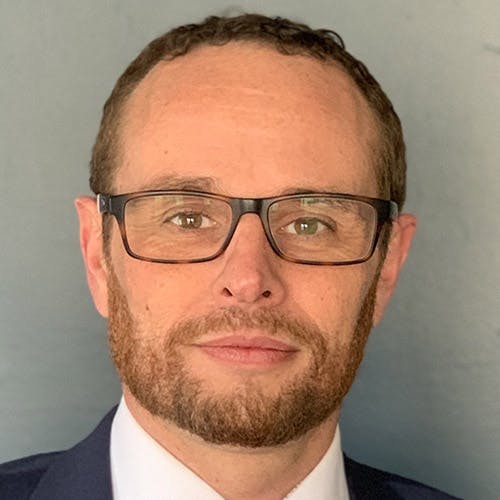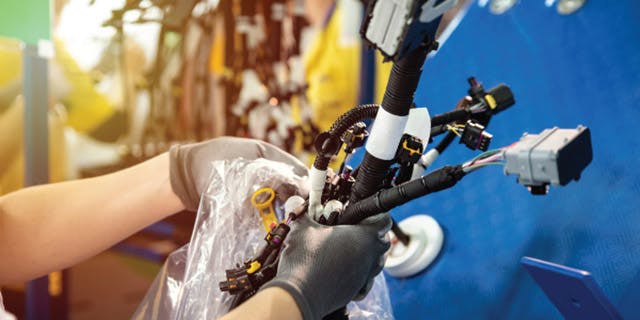Wire harness production is a highly complex and typically manual manufacturing challenge. Margins and lead times are tight, and the risk from errors is significant as dependence on E/E content and features increases each year. It is more important than ever to manufacture these expensive components as efficiently and correctly as possible. This webinar will present a methodology that extends the digital twin beyond just the product into manufacturing processes to identify significant efficiencies through its simulation and optimization capabilities — Register to watch now!
Validating and optimizing wire harness manufacturing production processes
Although wire harness manufacturing has been around for over a century, today’s manufacturers face myriad challenges and stringent requirements for quality and delivery. Quality requirements are incredibly high, yet delivery schedules are tight. Design changes often happen late in the design process, causing delays. Meanwhile, legislation requiring traceability and documentation puts more pressure on manufacturers to implement continuous verification and validation processes. Siemens Capital contributes to an optimized digital twin comprising a validated harness model and a digitized manufacturing process model, transforming a company’s engineering, costing, and manufacturing performance, ultimately boosting profits.
Benefits of a comprehensive digital twin for wire harness development
Capital E/E systems development solutions utilize model-based workflows to unify previously fragmented design and manufacturing domains by automating data exchange and facilitating cross-domain decisions. By leveraging digitalization, automation, and data reuse, organizations can create a comprehensive digital twin in all architectural, functional, and physical design tasks. Manufacturing engineering and after-sales service are also connected by a coherent digital thread, using a single set of accurate and consistent data throughout the harness lifecycle. All stakeholders have insight into decisions made across domains, which means issues can be caught and addressed early in the design process, accelerating design while reducing rework and associated costs.
Watch the webinar to discover how building a digital twin of wire harness manufacturing provides unprecedented levels of process optimization, transparency, and customizability, reducing cost, risk, and error in the design process and accelerating the delivery of innovative harness designs to market.
À propos de l'intervenant

Nigel Hughes
Design Domain Director,
Nigel Hughes is the Design Domain Director responsible for the Platform Design & Verification product line that forms part of the IES (Integrated Electrical Systems) of Siemens. Previously he was Managing Director of FirstEarth Limited, a company dedicated to developing and supplying leading-edge design analysis software. Previously Nigel worked as a researcher at the University of Wales, Aberystwyth developing automated FMEA software for mechanical systems and mobile robot navigation systems.
